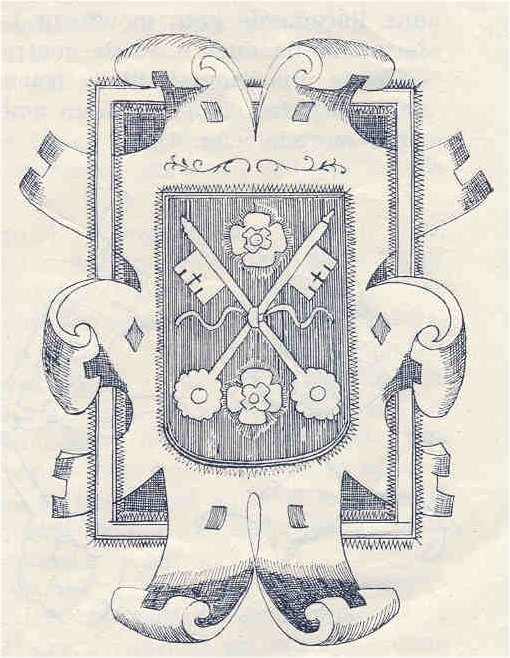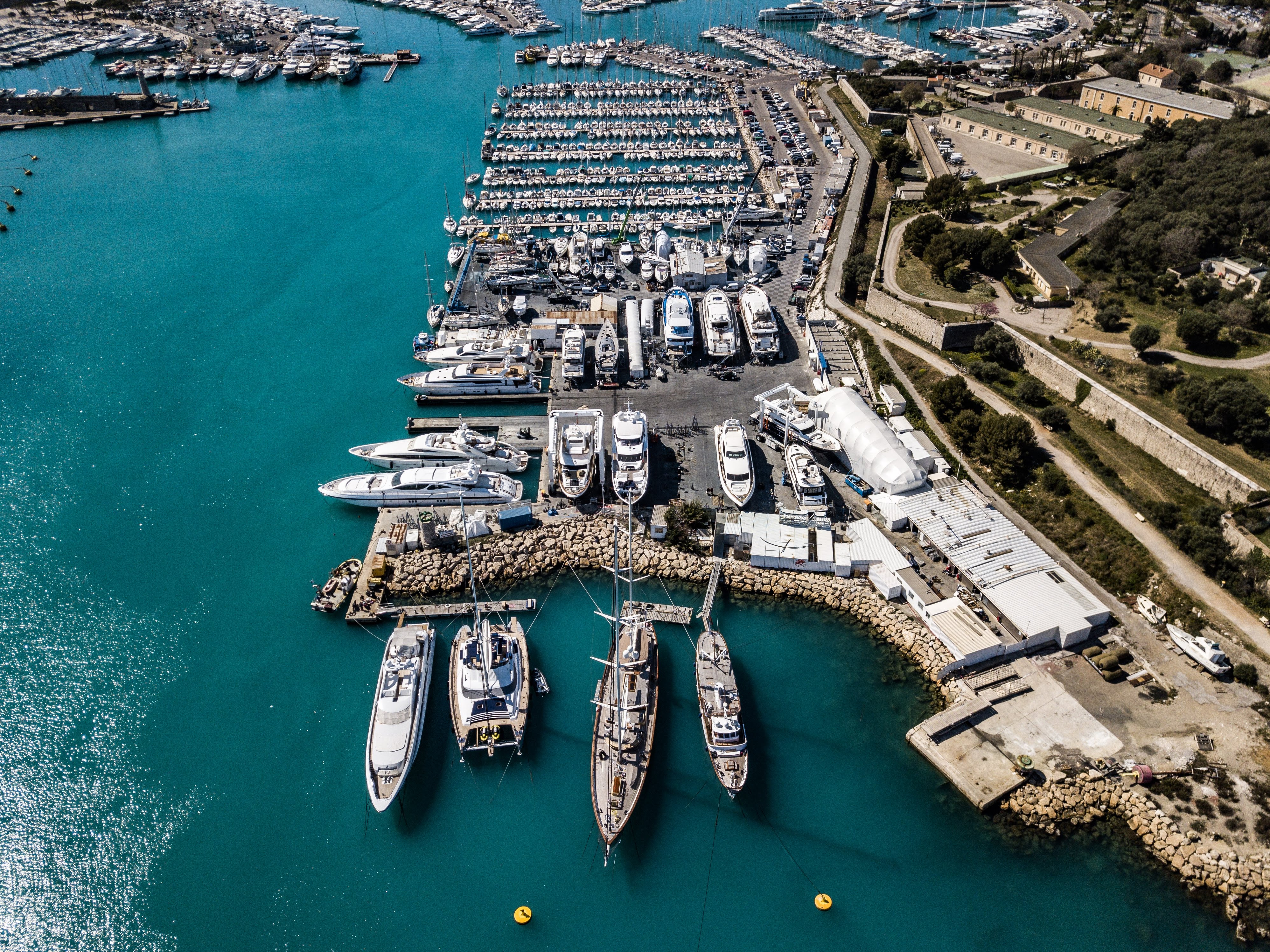|
Ceferí Olivé
Ceferí Olivé i Cabré (born in Reus in 1907, died in the same town in 1995) was a Catalan painter. Biography Ceferí Olivé studied with master painter . He specialized in watercolor. He used to sign his paintings with his name in Castilian Spanish: Ceferino Olivé. Many of his paintings are Mediterranean landscapes. He lived most of his life in Reus, but also spent some time in Barcelona, where he painted railway scenes and shipyards. He also travelled to some European countries. Most of his exhibitions were in Barcelona and Madrid and Bilbao. Awards and posthumous honors Ceferí Olivé is regarded as one of the best watercolor painters in Spain. He won also the first medal of the International Art Gallery in London and an award of the Railway painting Exhibition in Spain. Among the other awards he won, the following deserve mention: * Galeria Pictoria award, Barcelona, 1941, * National Watercolor Prize, 1942 * Fortuny Medal in 1942 and in 1943 * Medal of honour of the Natio ... [...More Info...] [...Related Items...] OR: [Wikipedia] [Google] [Baidu] |
Reus
Reus () is the capital of Baix Camp, in Camp de Tarragona, Catalonia, Spain. The area has long been an important producer of wines and spirits, and gained continental significance during the time of the Phylloxera plague. Currently it is known for its commercial activity, as a center for rock climbing, and as the birthplace of architect Antoni Gaudí. Name The origin of the name ''Reus'' is a subject of debate. One of the theories is that Reus comes from the Latin word used to describe convict prisoners (''reus''), and as such, it would be a Roman penitentiary. Currently, the most accepted theory is that the name has Celtic languages, Celtic roots, from the root ''red'' that originated the name ''redis'' (or ''reddis''), that approximately meaning 'place on the way' or 'crossroads settlement', or said alternatively, an inhabited place in a cross-road. History Foundation and early history Around 1150 Robert d'Aguiló repopulated the region of Reus, after receiving it on 3 Ju ... [...More Info...] [...Related Items...] OR: [Wikipedia] [Google] [Baidu] |
Catalan People
Catalans (Catalan language, Catalan, French language, French and Occitan language, Occitan: ''catalans''; ; ; or ) are a Romance languages, Romance ethnic group native to Catalonia, who speak Catalan language, Catalan. The current official category of "Catalans" is that of the citizens of Catalonia, a Nationalities and regions of Spain, nationality and autonomous communities of Spain, autonomous community in Spain and the inhabitants of the Roussillon historical region in southern France, today the Pyrénées Orientales department, also called Northern Catalonia and ''Pays Catalan'' in French. Some authors also extend the word "Catalans" to include all people from Catalan Countries, areas in which Catalan is spoken, namely those from Andorra, Valencian Community, Valencia, the Balearic Islands, la Franja, eastern Aragon, Roussillon, and the city of Alghero in Sardinia. The Catalan government regularly surveys its population regarding its "sentiment of belonging". As of July ... [...More Info...] [...Related Items...] OR: [Wikipedia] [Google] [Baidu] |
Watercolor
Watercolor (American English) or watercolour (Commonwealth English; see American and British English spelling differences#-our, -or, spelling differences), also ''aquarelle'' (; from Italian diminutive of Latin 'water'), is a painting method"Watercolor may be as old as art itself, going back to the Stone Age when early ancestors combined earth and charcoal with water to create the first wet-on-dry picture on a cave wall." in which the paints are made of pigments suspended in a water-based solution. ''Watercolor'' refers to both the List of art media, medium and the resulting work of art, artwork. Aquarelles painted with water-soluble colored ink instead of modern water colors are called (Latin for "aquarelle made with ink") by experts. However, this term has now tended to pass out of use. The conventional and most common Support (art), support—material to which the paint is applied—for watercolor paintings is watercolor paper. Other supports or substrates include stone ... [...More Info...] [...Related Items...] OR: [Wikipedia] [Google] [Baidu] |
Castilian Spanish
In English, Castilian Spanish can mean the variety of Peninsular Spanish spoken in northern and central Spain, the standard form of Spanish, or Spanish from Spain in general. In Spanish, the term (Castilian) can either refer to the Spanish language as a whole (to distinguish it from other Spanish languages such as Catalan, Basque, Galician, etc.), or to the medieval Old Spanish, a predecessor to Early Modern Spanish. Terminology The term ''Castilian Spanish'' is used in English for the specific varieties of Spanish spoken in north and central Spain. This is because much of the variation in Peninsular Spanish is between north and south, often imagined as Castilian versus Andalusian. Typically, it is more loosely used to denote the Spanish spoken in all of Spain as compared to Latin American Spanish. In Spain itself, Spanish is not a uniform language and there exist several different varieties of Spanish; in addition, there are other official and unofficial languages in th ... [...More Info...] [...Related Items...] OR: [Wikipedia] [Google] [Baidu] |
Mediterranean
The Mediterranean Sea ( ) is a sea connected to the Atlantic Ocean, surrounded by the Mediterranean basin and almost completely enclosed by land: on the east by the Levant in West Asia, on the north by Anatolia in West Asia and Southern Europe, on the south by North Africa, and on the west almost by the Morocco–Spain border. The Mediterranean Sea covers an area of about , representing 0.7% of the global ocean surface, but its connection to the Atlantic via the Strait of Gibraltar—the narrow strait that connects the Atlantic Ocean to the Mediterranean Sea and separates the Iberian Peninsula in Europe from Morocco in Africa—is only wide. Geological evidence indicates that around 5.9 million years ago, the Mediterranean was cut off from the Atlantic and was partly or completely desiccated over a period of some 600,000 years during the Messinian salinity crisis before being refilled by the Zanclean flood about 5.3 million years ago. The sea was an important rout ... [...More Info...] [...Related Items...] OR: [Wikipedia] [Google] [Baidu] |
Shipyard
A shipyard, also called a dockyard or boatyard, is a place where ships are shipbuilding, built and repaired. These can be yachts, military vessels, cruise liners or other cargo or passenger ships. Compared to shipyards, which are sometimes more involved with original construction, dockyards are sometimes more linked with maintenance and basing activities. The terms are routinely used interchangeably, in part because the Shipyard#History, evolution of dockyards and shipyards has often caused them to change or merge roles. Countries with large shipbuilding industries include Australia, Brazil, China, Croatia, Denmark, Finland, France, Germany, India, Republic of Ireland, Ireland, Italy, Japan, the Netherlands, Norway, the Philippines, Poland, Romania, Russia, Singapore, South Korea, Sweden, Taiwan, Turkey, the United Arab Emirates, Ukraine, the United Kingdom, the United States and Vietnam. The shipbuilding industry is more fragmented in Economy of Europe, Europe than in Econom ... [...More Info...] [...Related Items...] OR: [Wikipedia] [Google] [Baidu] |
Mariano Fortuny (painter)
Mariano Fortuny y Marsal (June 11, 1838 – November 21, 1874) was a Spanish painter known for works focusing on Romantic fascination with Orientalist themes, historicist genre painting and military painting of Spanish imperial expansion. Biography He was born in Reus, near Tarragona, Catalonia. His father died when he was an infant, and his mother by the time he was 12. Thus, Mariano was raised by his grandfather, a cabinet-maker who taught him to make wax figurines. At the age of 9, at a public competition in his town, a local painter, teacher and patron, Domènec Soberano, encouraged further study. At the age of 14 he moved to Barcelona with his grandfather. The sculptor Domènec Talarn secured him a pension allowing him to attend the ''Escola Provincial de Belles Arts'' (the '' Escola de la Llotja''). There he studied for four years under Claudi Lorenzale and Pau Milà i Fontanals, and in March 1857 he gained a scholarship that entitled him to two years of studies i ... [...More Info...] [...Related Items...] OR: [Wikipedia] [Google] [Baidu] |
Creu De Sant Jordi
The Creu de Sant Jordi (, in English language, English 'St George's Cross') is one of the highest civil distinctions awarded in Catalonia (Spain), surpassed only in protocol by the Gold Medal of the Generalitat of Catalonia, Gold Medal of the Generalitat de Catalunya. It was established by the Generalitat de Catalunya autonomous government by virtue of the ''Decret 457/1981 de 18 de desembre'' in 1981.Normativa: DECRET 457/1981, de 18 de desembre, creant la Creu de Sant Jordi de la Generalitat de Catalunya; DECRET 182/1994, de 14 de juny, pel qual es modifica el Decret 457/1981, de 18 de desembre, creant la Creu de Sant Jordi de la Generalitat de Catalunya The medal was designed by goldsmith Joaquim Capdevila. Recipients *List of Creus de Sant Jordi (Catalonia), List of awardees *:ca:Llista de guanyadors balears de la Creu de Sant Jordi, List of awardees in the Balearic Islands References 1981 establishments in Spain Catalan awards Orders, decorations, and medals of Spa ... [...More Info...] [...Related Items...] OR: [Wikipedia] [Google] [Baidu] |
Artists From Catalonia
An artist is a person engaged in an activity related to creating art, practicing the arts, or demonstrating the work of art. The most common usage (in both everyday speech and academic discourse) refers to a practitioner in the visual arts only. However, the term is also often used in the entertainment business to refer to actors, musicians, singers, dancers and other performers, in which they are known as ''Artiste'' instead. ''Artiste'' (French) is a variant used in English in this context, but this use has become rare. The use of the term "artist" to describe writers is valid, but less common, and mostly restricted to contexts such as critics' reviews; "author" is generally used instead. Dictionary definitions The ''Oxford English Dictionary'' defines the older, broader meanings of the word "artist": * A learned person or Master of Arts * One who pursues a practical science, traditionally medicine, astrology, alchemy, chemistry * A follower of a pursuit in which skill co ... [...More Info...] [...Related Items...] OR: [Wikipedia] [Google] [Baidu] |
Spanish Male Painters
Spanish might refer to: * Items from or related to Spain: **Spaniards are a nation and ethnic group indigenous to Spain **Spanish language, spoken in Spain and many countries in the Americas ** Spanish cuisine ** Spanish history ** Spanish culture **Languages of Spain, the various languages in Spain Other places * Spanish, Ontario, Canada * Spanish River (other), the name of several rivers * Spanish Town, Jamaica Other uses * John J. Spanish (1922–2019), American politician * "Spanish" (song), a single by Craig David, 2003 See also * * * Español (other) * Spain (other) * España (other) * Espanola (other) * Hispania, the Roman and Greek name for the Iberian Peninsula * Hispanic, the people, nations, and cultures that have a historical link to Spain * Hispanic (other) * Hispanism * Spain (other) * National and regional identity in Spain * Culture of Spain The culture of Spain is influenced by its Wes ... [...More Info...] [...Related Items...] OR: [Wikipedia] [Google] [Baidu] |





